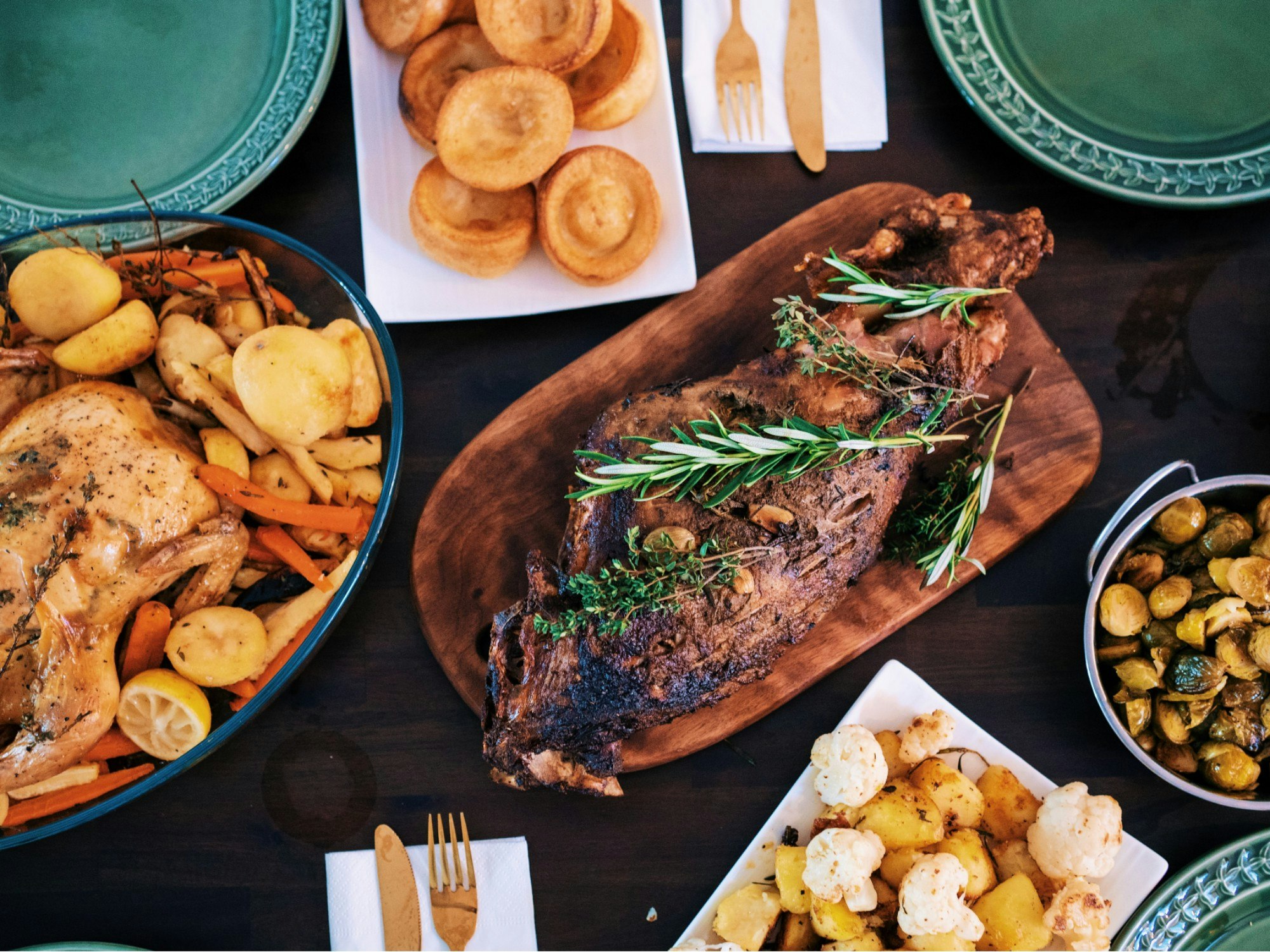Being mindful of food sensitivities this festive season

Food, glorious food. Such an important part of many festive celebrations and traditions during the holiday season. For some people, sensory challenges can impact the food they eat and ultimately their enjoyment of any celebration.
Key points
- People with sensory issues can be overwhelmed by certain foods, ruining their enjoyment of an event or family meal
- Considering the food and the setting can support a person with sensory food aversion
- Accepting that sensory food aversion is not the same as being a fussy eater and being understanding of your guest will help
While some people might put this down to ‘picky eating’, this doesn’t acknowledge how difficult it can be for people with sensory issues to eat certain foods – it is more than just a choice.
An extreme dislike of certain foods due to sensory difficulties is called sensory food aversion, and it can be overwhelming.
What is sensory food aversion?
Sensory food aversion is a reaction to a specific food that causes sensory overload to that person. Each person with sensory food aversion will react to different foods in different ways and for different reasons.
This can be linked to Sensory Processing Disorder, ADHD, Autism spectrum disorder or Down syndrome, for example. Sensory food aversion also occurs in children who were born prematurely.
For people with sensory food aversion, the sight of a particular food can be enough to make them gag or vomit, as well as the smell of that food or the taste.
Sensory food aversion can also send a person into fight or flight mode, where they may push the food away (fight) or have to leave the room (flight).
It’s not just about the look, taste or smell of the food, texture and consistency are also super important to a person with sensory food aversion.
For example, they might enjoy, or not enjoy, the texture of:
- crunchy foods;
- squishy foods;
- runny foods; and
- soft foods.
Setting up your holiday celebration for success
There are some simple steps you can take to be inclusive of people with sensory issues at this time of year and to help them enjoy the meal and your festive celebration as much as everyone else.
1. The food
You might know very well what your family member or friend doesn’t eat and be able to plan to have food that they will enjoy.
If you don’t know, try asking about their food sensitivities and what they would like to eat at your festive celebration.
While the most inclusive option is to have only food they will enjoy, it might be enough to have several different parts of the meal they will enjoy and a few foods that they won’t eat for the other people attending the event.
For example, if the person doesn’t like the texture of runny foods, including gravy and custard, they might still enjoy eating roast chicken and pudding without the toppings.
With this option, you will have to be aware of the smell and appearance of the food your guest has an aversion to, as they may be overwhelmed by having that food on the table at all.
If you discuss it with them, the person might also offer to bring food for themselves, if they have a particularly restricted diet. However, this is not a very inclusive option and it separates them from everyone else.
2. The setting
The setting of your festive celebration is important because it can increase or decrease the other sensory stimuli impacting a person with sensory processing issues.
Having a sensory friendly environment or setting for your meal can be an easy way to be supportive of your family member or friend. Turn off the music or television, make sure light isn’t too bright and try to use a room to dine in that has good acoustics so that sensory stimulus, aside from the food, is limited.
You can also hold your meal at a time that is regular for your loved one or guest to eat, as this helps with routines and reduces stress that can impact sensitivities.
Throughout the event be understanding of the person — don’t pressure them to eat something they have an aversion to or to try something new that they are not comfortable with.
Remember that sensory food aversion is not the same as being a fussy eater and it can cause distress for children and adults.
Strategies for children
If you have a child with sensory food aversion who has a restricted diet, doesn’t like to sit at the table to eat or doesn’t like to join other people at meal times, there are strategies you can use to help your child try new foods and break down barriers to meal times.
The Autism Association of WA has a book on these strategies, Autism SA has a Mealtime Support Group, or you could talk to your child’s occupational therapist, speech pathologist, paediatrician and dietitian for support.
Do you have a family member or friend with sensory food aversion? How do you support them?
Tell the Disability Support Guide team on social media.
Related content:
Beating social isolation during the Christmas season
Inclusion during the Christmas holidays
Sensory Processing Disorder